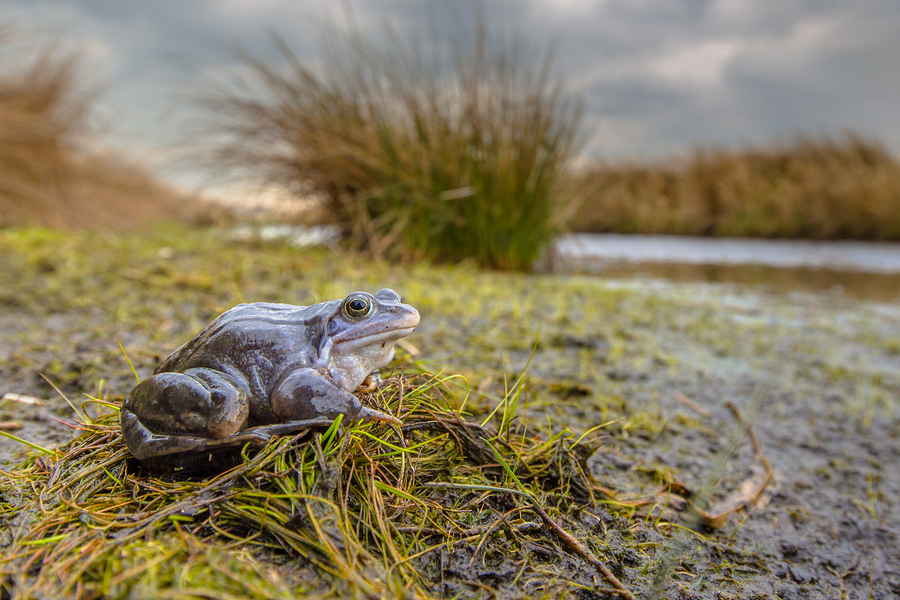Many construction activities on site can cause watercourse pollution and damage to local wildlife. This article briefly explains how construction activities lead to pollution, the effects this can have on the aquatic environment and how pollution prevention can be achieved on site through proper planning and control measures.

How does construction cause pollution?
Just excavating or breaking ground on site exposes loose soil, which is then prone to be mobilised by subsequent rainfall. Movement of construction plant creates gullies and drainage channels, which increases exposure of this loose soil and provides a pathway for pollutants within the soil to be washed into the aquatic environment.
Mobilisation of large amounts of sediment can also cause local drains to become blocked, which can cause flooding of the local area.
Excavations often need to be pumped out or de-watered to allow work to be carried out in them. In clay or fine silty soils this water is often laden with sediment suspended in the water which, if not properly treated, will result in pollution.
Spillages of oil and diesel from construction plant can also cause pollution off-site, as can washout from concrete pours.
What effects does this pollution cause?
When sediment enters watercourses, it causes pollution and puts stress on the wildlife. Typically it increases turbidity, causing the water to appear cloudy. High levels of turbidity over time kill fish, which of course impacts the whole aquatic ecosystem.

Oil and diesel, even in very small volumes, is a major pollution risk on site as hydrocarbons are extremely toxic to aquatic life.
When still wet, concrete can cause a huge amount of damage to the environment as it is highly alkaline.
Fish kills can result in large fines from the Environment Agency.

How can pollution from construction sites be prevented?
It is easy to ignore where site run-off ends up because it is often remote from the site and not instantly obvious. However, causing a pollution event is illegal and, as already stated, can result in very large fines.
Effective planning and monitoring are essential in controlling the sources of pollution on site and should be included in the site’s environmental management plan. Control of pollution AT SOURCE is key. It will always be cheaper and easier to prevent or control a pollution event on site rather than allowing it to spread off-site and then trying to manage the impact once the pollution has been released into the environment.
Silt fences are often used to capture sediment, but they must be installed properly and maintained frequently, otherwise the sediment will still be carried off-site and cause pollution. Similarly, natural straw, jute or coir barriers can be used to trap the sediment.

Surface water drains are a major pathway for pollutants to enter watercourse and so must be protected against pollutant entry.
Storage of materials and waste on site, both hazardous and non-hazardous, is also very important in minimising environmental impacts. For example, skips should always be covered to prevent waste getting into lakes & rivers. Storage of oil and diesel should always be in bunds so that any spillages are contained.
Spillages from construction plant can be absorbed by special plant “nappies”. More serious and extensive spills can be cleaned up using spill kits, which should always be present on site.
Water from excavations should be passed through a settlement tank or stilling pond, which can also be filtered. If necessary, flocculants can be added to make the suspended solids settle out of the water more quickly.

SP Civil Design’s specialism is water and environmental civil engineering, with a focus on sustainability. If you would like to discuss a potential project with us, or have any comments or questions about this article, then please get in touch via our Contact section or email steve@spcivildesign.co.uk.

